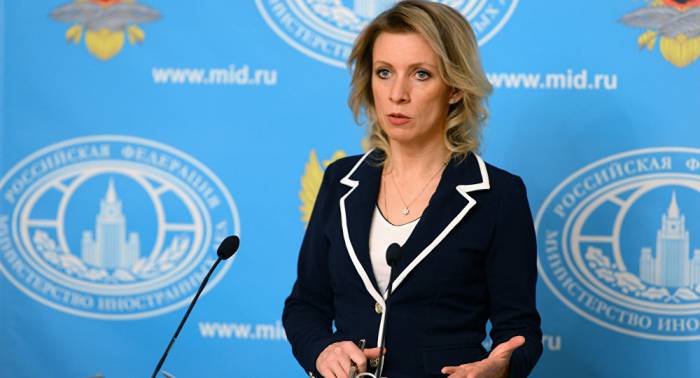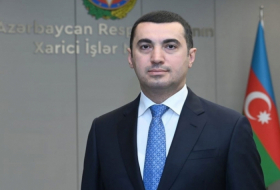This is related to the fact that the issue of the Nagorno-Karabakh conflict settlement is the main one for Azerbaijan and Armenia, and Russia is the co-chair of the negotiation process.
“After the adoption of the mentioned documents [a joint statement by the heads of delegations of the OSCE Minsk Group co-chair countries, as well as the heads of delegations of Azerbaijan and Armenia] and the contacts that took place [the conversation between Azerbaijani President Ilham Aliyev and acting Prime Minister of Armenia Nikol Pashinyan on the sidelines of the informal CIS summit], it is obvious that there is a dialogue and it is being conducted,” she said. “We, on the Russian side, based on our role as co-chair country, will actively promote positive dynamics aimed at achieving the main goal [settlement of the Nagorno-Karabakh conflict].”
She also added that there is a whole range of concrete steps that the parties, with the help of the co-chairs, will have to work out, and promised to clarify whether there is any specific list of steps or its drafting hasn’t started yet.
The conflict between the two South Caucasus countries began in 1988 when Armenia made territorial claims against Azerbaijan. As a result of the ensuing war, in 1992 Armenian armed forces occupied 20 percent of Azerbaijan, including the Nagorno-Karabakh region and seven surrounding districts.
The 1994 ceasefire agreement was followed by peace negotiations. Armenia has not yet implemented four UN Security Council resolutions on withdrawal of its armed forces from the Nagorno-Karabakh and the surrounding districts.
More about: Russia Azerbaijan Armenia Karabakh
















































